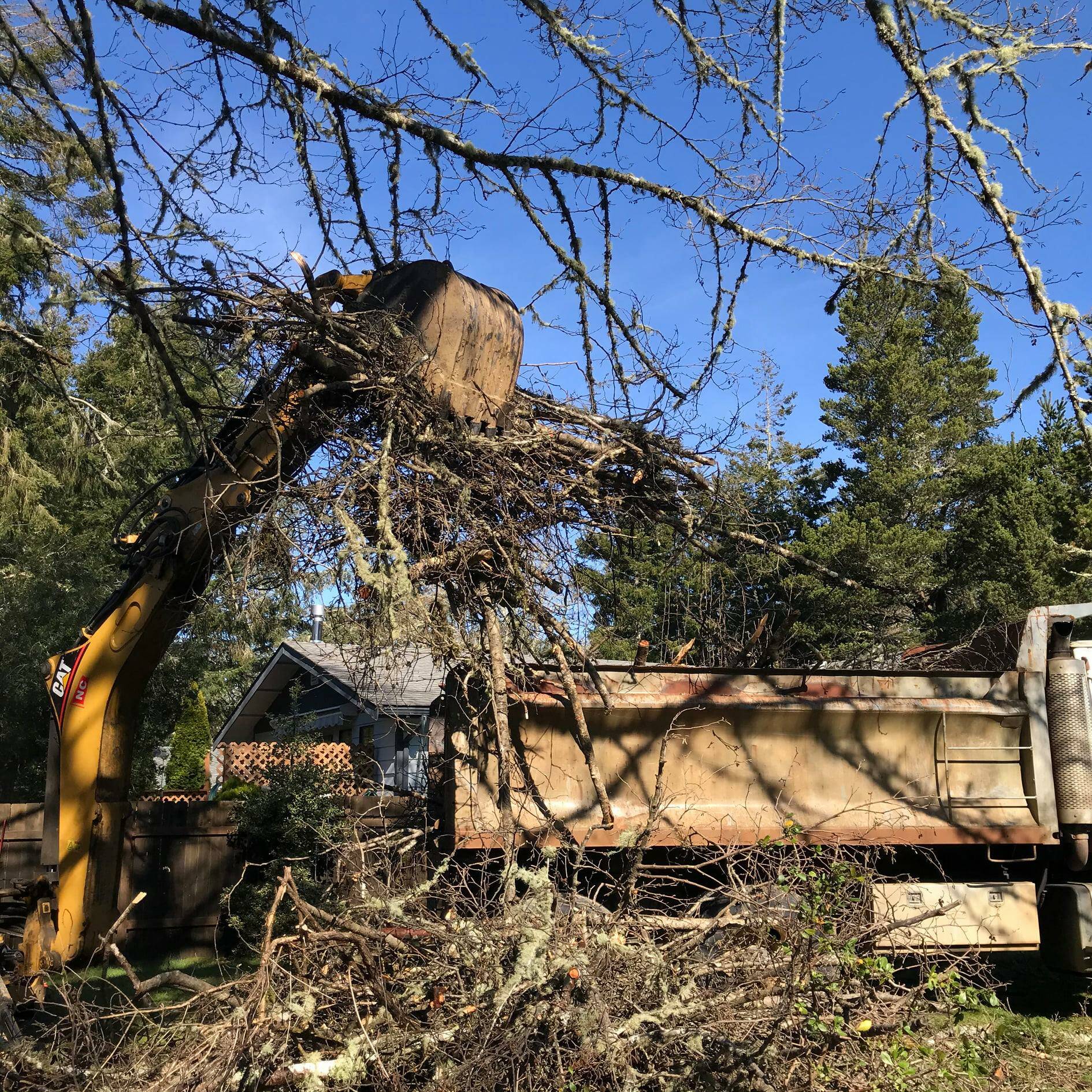Storm drainage and waterflow in Ocean Shores is set to see a long-awaited improvement this year.
Staff from the city of Ocean Shores, including Mayor Jon Martin, met with representatives from the Washington Department of Fish and Wildlife (WDFW) and Washington State Department of Transportation (WSDOT) on Monday, Jan. 10, to discuss the process of removing debris from the Oyehut Ditch.
As the main ditch that feeds the North End of the Grand Canal, removing vegetation and sediment from the creek is key to maintaining flow lines between culverts.
In Monday’s City Council meeting, Martin expressed that the process of removing debris from the Oyehut Ditch would prove to be a more complex project than he had anticipated. This is partially due to the possible presence of the Olympic mudminnow, which is a federally endangered species and would require a permit to trap and remove.
“We’re going to be very careful, and we’ll follow the Fish and Wildlife regulations and use fish traps so that they don’t get killed in the dredging process,” said City Administrator Scott Andersen.
The project is also complicated by the presence of a sewer line under the Oyehut Ditch, which would need to be avoided during dredging. Andersen anticipates the process to be “a bit more labor intensive” to ensure that the sewer line remains unharmed.
City staff and City Engineer Robert Lund are in the process of applying for permits in order to begin removing trees, roots, and grasses that have prevented water from flowing freely through the ditch. A Hydraulic Project Approval (HPA) permit from WDFW would cover maintenance actions for five years during the in-water work window. The city is working with WDFW to provide draft documentation for an informal review prior to submitting the HPA permit application.
Anticipated project costs are $250,600, with additional funds likely needed once construction is authorized. While not included at this time as a part of the permit, the city later hopes to identify culvert failures that may be contributing to backwater and flooding issues. This may lead to future projects to improve drainage and maintain the aging infrastructure through channel regrading and culvert replacements.
While stormwater drainage does feed into the Oyehut Ditch, according to Andersen, culverts outside of city ownership are primarily responsible for recent flooding along State Route 115 near Damon Road.
“That is technically a WSDOT culvert that the beavers continue to dam, and it creates flooding near the North Beach High School,” he said.
WSDOT will need to remove debris from the culvert and punch holes through the dams in order for the water to flow quickly and reduce flooding near the entrance to Ocean Shores during times of high rainfall.
Maintaining and protecting the 23 miles of fresh waterways in Ocean Shores remains a top concern for Ocean Shores residents who enjoy recreational activities and the natural beauty of the canals.


